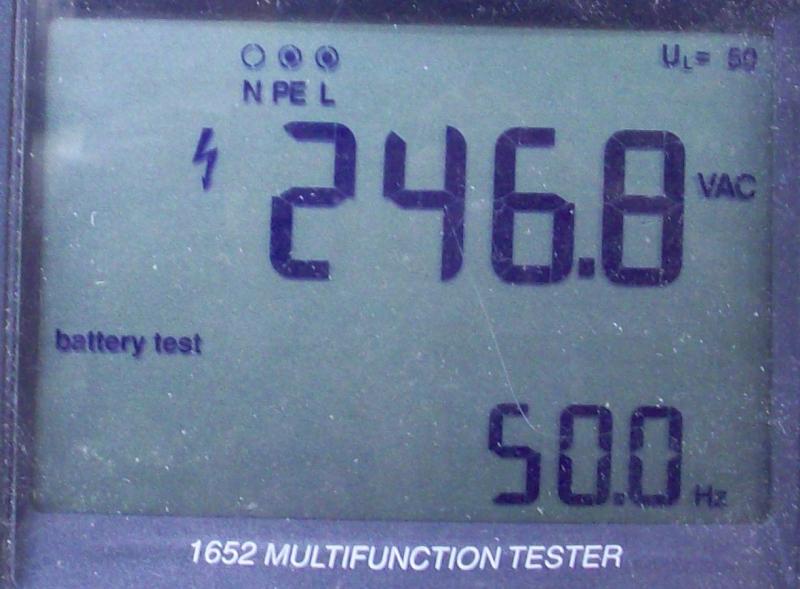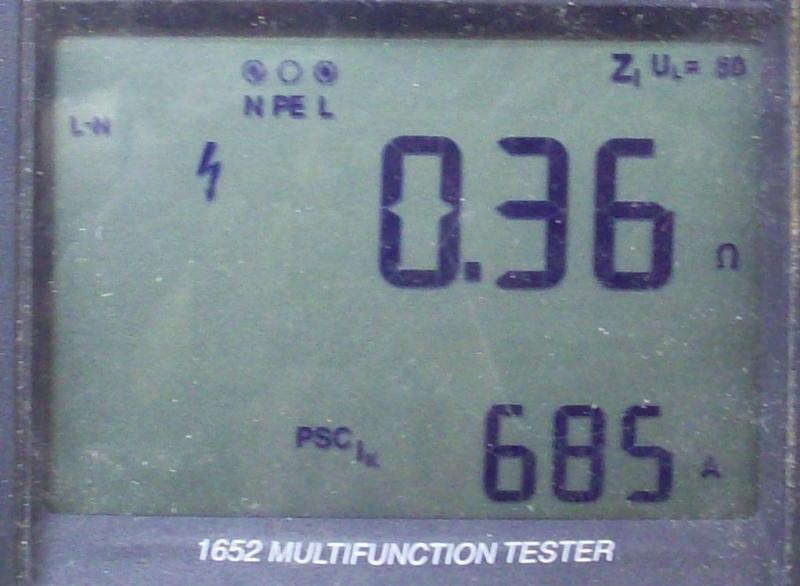You mean Part 2 of BS7671? That defines 'design current' as "The magnitude of the current to be carried by the circuit in normal service". Am I right in assuming that we are now going to have a debate or argument about the meaning of 'normal service'?Definitions ?
As for my part of that debate, I have to say that if a designer knows that the supply voltage to a particular installation is 'normally' over 250V, that (s)he would (or should) regard 'normal service' as relating to that situation. You presumably disagree?
In terms of the point being discussed, this makes little sense to me. I am only talking about whether the In of the CPD/OPD is, or is not, greater than the design current of the circuit {i.e. whether the circuit complies with 433.1.1(i)}, so the only relevant one of the things you mention is "CPD rating". As you know at least as well as I do, that In is not something that one calculates, and nor does it in any way depend upon the supply voltage - indeed, a SP OPD doesn't have a clue about the supply voltage of the circuit in which it is included; it is purely a characteristic of the device. If In is 32A, that will remain the case whether it's in a circuit suppled with 12V, 230V, 240V, 600V or 10,000V.If the same voltage is used to calculate design current, PEFC, PSCC, CPD rating, maximum Zs allowed etc. it doesn't really matter what that voltage is - the results will be the same.
Kind Regards, John.





